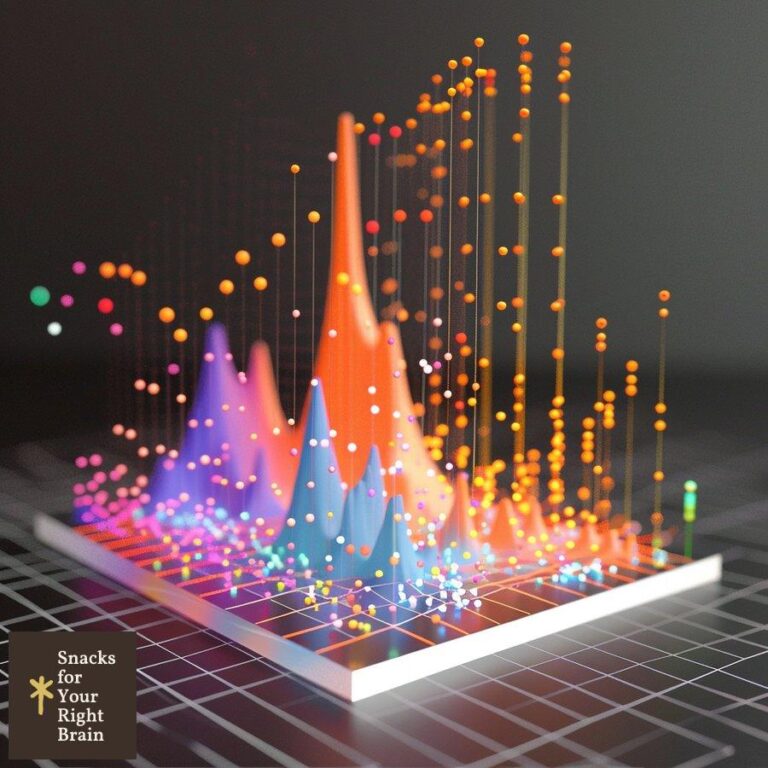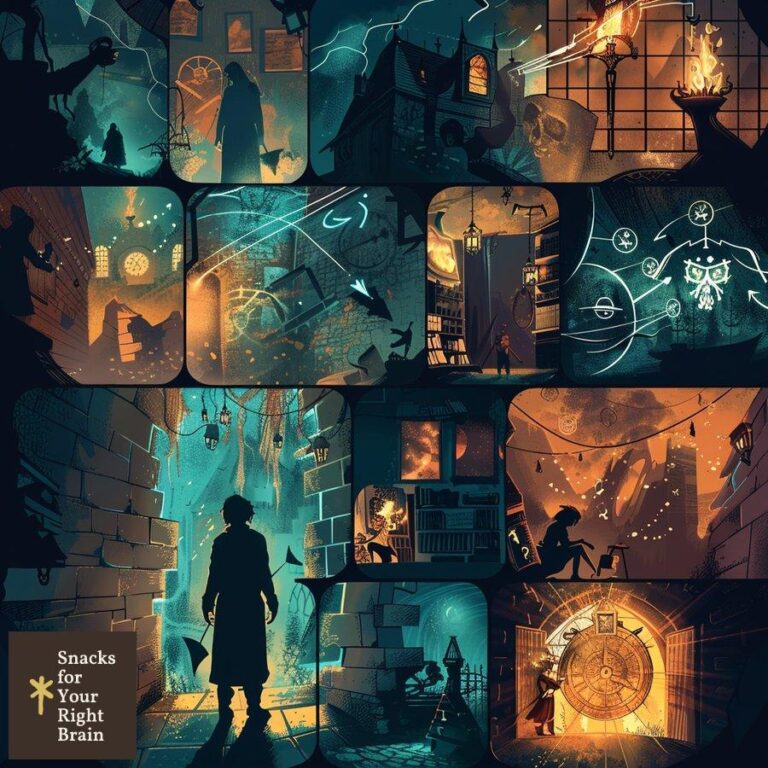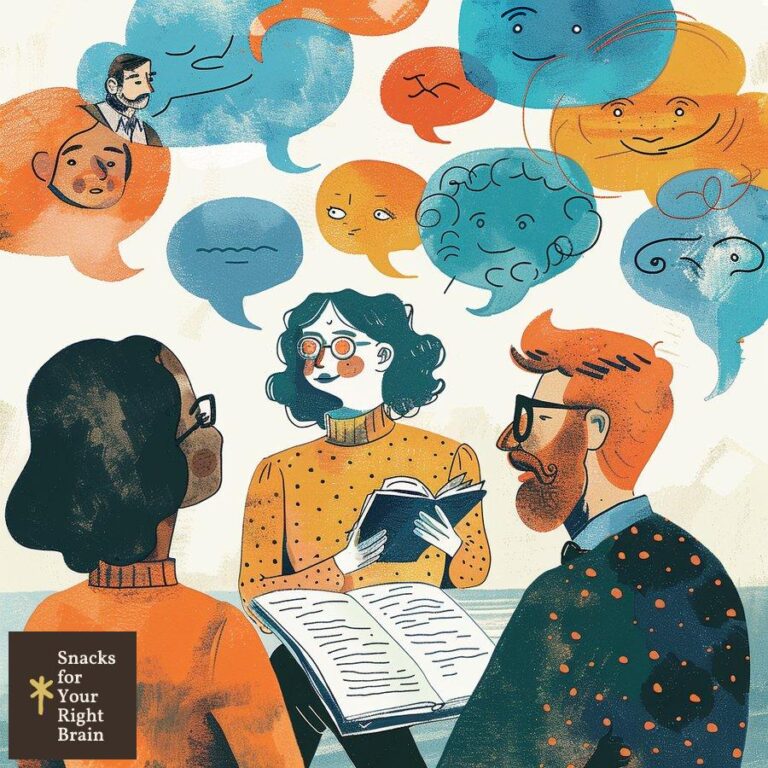What Is Character Motivation in a Short Story
What is character motivation in a short story?
Character motivation refers to the reasons behind a character’s actions, desires, and decisions within a narrative. In short stories, where brevity is essential, motivation serves as a driving force that propels the plot and shapes character interactions. Understanding character motivation involves recognizing the internal and external factors that influence a character’s behavior, which can include personal desires, societal pressures, and emotional needs.
Character motivation can be categorized into two primary types:
-
Internal Motivation: This encompasses a character’s personal desires, fears, and emotional states. Internal motivations are often tied to a character’s psychological makeup and can evolve throughout the story.
-
External Motivation: This involves influences from the outside world, such as relationships, societal expectations, and situational pressures. External motivations often push characters toward specific actions or decisions.
Recognizing character motivation is essential for readers as it helps them connect with characters on a deeper level, enhancing their investment in the story. When motivations are clear and compelling, readers are more likely to empathize with characters and understand their journeys.
Why is character motivation important for short stories?
Character motivation is vital for several reasons:
-
Engagement: Readers are more likely to become invested in a story when they understand why characters act the way they do. Clear motivations create relatable characters that resonate with readers.
-
Conflict and Tension: Motivations often lead to conflicts, whether internal or external. These conflicts are essential for driving the narrative forward and maintaining reader interest.
-
Character Development: As characters pursue their motivations, they undergo transformations. This character arc is crucial for creating a satisfying narrative that reflects growth or change.
-
Theme Exploration: Motivations can reveal underlying themes within a story, such as love, revenge, or redemption. Understanding a character’s motivations allows readers to engage with these themes more profoundly.
The importance of character motivation can be summarized in the following table:
| Importance of Character Motivation | Description |
|---|---|
| Engagement | Enhances reader connection and investment |
| Conflict and Tension | Drives narrative forward through challenges |
| Character Development | Facilitates growth and transformation |
| Theme Exploration | Reveals underlying themes and messages |
How do external and internal motivations differ?
External and internal motivations differ significantly in their sources and impacts on character behavior. Recognizing these differences is essential for crafting compelling narratives.
External Motivation involves factors outside the character, such as:
-
Social Expectations: Characters may act in ways that align with societal norms or pressures, influencing their decisions.
-
Relationships: Interactions with other characters can motivate actions, such as loyalty, love, or rivalry.
-
Situational Factors: Events or circumstances can compel characters to act, such as a crisis or opportunity.
Internal Motivation includes elements within the character, such as:
-
Desires and Goals: Personal aspirations drive characters to pursue specific outcomes, shaping their actions.
-
Fears and Insecurities: Internal struggles can lead to avoidance behaviors or reckless actions, adding complexity to character arcs.
-
Emotional States: Feelings such as anger, joy, or sadness can influence decision-making and behavior.
The following table highlights the distinctions between external and internal motivations:
| Type of Motivation | Characteristics | Examples |
|---|---|---|
| External | Influenced by outside factors | Societal pressure, relationships, situational events |
| Internal | Driven by personal desires and emotions | Aspirations, fears, emotional responses |
What techniques can reveal character motivation effectively?
Several techniques can effectively reveal character motivation in short stories:
-
Dialogue: Characters can express their motivations through conversations, allowing readers to understand their desires and conflicts.

-
Inner Monologue: Providing access to a character’s thoughts can reveal their internal motivations, fears, and aspirations.
-
Actions: The choices characters make often reflect their motivations. Observing their actions can provide insight into their true desires.
-
Backstory: Incorporating elements of a character’s past can illuminate their motivations, helping readers understand why they behave in certain ways.
-
Symbolism: Objects or events can symbolize a character’s motivations, adding depth to their journey.
Utilizing these techniques can enhance the clarity of character motivations, making them more relatable and engaging for readers.
How does character motivation drive plot development?
Character motivation is a fundamental element that drives plot development in short stories. The interplay between character motivations and plot events creates a dynamic narrative structure. Key aspects of this relationship include:
-
Initiating Conflict: A character’s motivation often leads to conflicts that propel the plot. For example, a character seeking revenge may engage in actions that create tension and obstacles.
-
Influencing Decisions: Characters’ motivations shape their choices, leading to various plot outcomes. A character motivated by love may make sacrifices that alter the story’s direction.
-
Creating Stakes: Clear motivations establish what characters stand to gain or lose, heightening emotional investment in the plot. The higher the stakes, the more compelling the narrative becomes.
-
Facilitating Resolution: As characters pursue their motivations, the resolution of their arcs often aligns with the story’s conclusion. Characters may achieve their goals or face consequences, providing closure to the narrative.
The following table illustrates how character motivation influences plot development:
| Aspect of Plot Development | Influence of Character Motivation |
|---|---|
| Initiating Conflict | Motivations create tensions and challenges |
| Influencing Decisions | Choices reflect desires and goals |
| Creating Stakes | Heightens emotional investment |
| Facilitating Resolution | Aligns character arcs with story conclusions |
What are common pitfalls in crafting character motivations?
Writers may encounter several pitfalls when crafting character motivations, which can detract from the story’s effectiveness:
-
Lack of Clarity: If motivations are unclear or poorly defined, readers may struggle to connect with characters or understand their actions.
-
Inconsistency: Motivations that shift without explanation can confuse readers and undermine character credibility.
-
Over-Simplification: Reducing characters to one-dimensional motivations can make them feel unrealistic. Complex characters should have layered motivations that reflect their multifaceted nature.
-
Ignoring Backstory: Failing to consider a character’s past can lead to motivations that lack depth or context, making them less relatable.
-
Neglecting Conflict: Without conflict arising from motivations, the story may lack tension, resulting in a stagnant narrative.
Writers should be mindful of these pitfalls to create compelling and believable character motivations that enhance the story.
How can writers create complex, layered motivations?

Creating complex, layered motivations involves several strategies that add depth to characters:
-
Integrate Backstory: Incorporating elements from a character’s past can provide context for their motivations, revealing how experiences shape their desires.
-
Explore Contradictions: Characters may have conflicting motivations that create internal struggles. Highlighting these contradictions can add depth and realism.
-
Utilize Relationships: Motivations can be influenced by relationships with other characters. Exploring how these dynamics impact desires can create intricate motivations.
-
Emphasize Growth: As characters evolve, their motivations may shift. Showcasing this growth can make characters feel more authentic and relatable.
-
Incorporate Themes: Tying character motivations to broader themes can enhance their complexity. For instance, a character’s desire for freedom may reflect larger societal issues.
The following table outlines strategies for creating complex, layered motivations:
| Strategy | Description |
|---|---|
| Integrate Backstory | Provide context through past experiences |
| Explore Contradictions | Highlight internal struggles and conflicts |
| Utilize Relationships | Show how dynamics influence motivations |
| Emphasize Growth | Reflect character evolution in motivations |
| Incorporate Themes | Connect motivations to broader societal issues |
What role does character backstory play in motivation?
Character backstory plays a significant role in shaping motivations by providing context and depth. It encompasses the events, experiences, and relationships that influence a character’s desires and actions. Key aspects of backstory’s role in motivation include:
-
Foundation for Desires: A character’s past experiences can establish their goals and aspirations. For instance, a character who faced adversity may be motivated to seek success or security.
-
Understanding Fears: Backstory can reveal fears and insecurities that drive a character’s behavior. A traumatic event may lead to a fear of abandonment, influencing their relationships.
-
Influence of Relationships: Past relationships can shape motivations, such as a character striving for approval from a parent or seeking revenge against a former friend.
-
Context for Conflict: Understanding a character’s backstory can illuminate the reasons behind their conflicts, making the narrative more engaging.
The following table summarizes the role of character backstory in motivation:
| Role of Backstory | Impact on Motivation |
|---|---|
| Foundation for Desires | Establishes goals and aspirations |
| Understanding Fears | Reveals driving fears and insecurities |
| Influence of Relationships | Shapes motivations based on past dynamics |
| Context for Conflict | Illuminates reasons behind character struggles |
How can conflicting motivations add depth to characters?
Conflicting motivations can significantly enhance character depth by introducing complexity and tension. Characters with multiple, often opposing desires create rich narratives that engage readers. Key points regarding the impact of conflicting motivations include:
-
Internal Conflict: Characters grappling with conflicting motivations experience internal struggles that can lead to compelling character arcs. This tension can drive the narrative and create emotional resonance.
-
Relatability: Readers often relate to characters facing conflicting desires, as it mirrors real-life dilemmas. This relatability fosters a deeper connection to the character’s journey.
-
Dynamic Relationships: Conflicting motivations can influence interactions between characters, leading to tension, misunderstandings, and growth. These dynamics can enrich the narrative.
-
Theme Exploration: Conflicting motivations can highlight broader themes, such as the struggle between duty and desire or love and ambition. This thematic depth can elevate the story’s impact.
The following table illustrates how conflicting motivations contribute to character depth:
| Aspect of Depth | Impact of Conflicting Motivations |
|---|---|
| Internal Conflict | Drives character struggles and arcs |
| Relatability | Mirrors real-life dilemmas for readers |
| Dynamic Relationships | Influences interactions and growth |
| Theme Exploration | Highlights broader thematic issues |
What methods help in uncovering a character’s core motivations?
Uncovering a character’s core motivations requires thoughtful techniques that reveal their desires and conflicts. Effective methods include:
-
Character Interviews: Conducting interviews with characters can help writers understand their motivations and desires. This technique allows for deeper exploration of a character’s psyche.
-
Journaling: Writing from a character’s perspective can illuminate their thoughts and feelings, revealing motivations that may not be apparent in the narrative.
-
Mind Mapping: Creating visual representations of a character’s motivations, desires, and conflicts can help writers see connections and layers within their motivations.
-
Feedback from Readers: Sharing drafts with beta readers can provide insights into how motivations are perceived. Reader feedback can highlight areas that need clarification or development.
The following table summarizes methods for uncovering core motivations:
| Method | Description |
|---|---|
| Character Interviews | Deep exploration of character psyche |
| Journaling | Writing from a character’s perspective |
| Mind Mapping | Visual representation of motivations and conflicts |
| Feedback from Readers | Insights into reader perceptions of motivations |
How does character motivation evolve throughout a short story?
Character motivation is not static; it evolves throughout the narrative, reflecting growth, change, and the impact of events. Key aspects of this evolution include:

-
Response to Conflict: As characters face challenges, their motivations may shift in response to the outcomes of these conflicts. A character may begin with one goal but adapt their motivations based on experiences.
-
Personal Growth: Characters often undergo transformations that alter their motivations. For instance, a character may start with a desire for revenge but ultimately seek forgiveness and reconciliation.
-
Influence of Relationships: Interactions with other characters can lead to shifts in motivation. A character may prioritize love over ambition after forming a deep connection with another character.
-
Resolution of Internal Struggles: As characters confront their fears and insecurities, their motivations may clarify or change. This evolution can lead to a more satisfying narrative arc.
The following table illustrates how character motivation evolves throughout a short story:
| Aspect of Evolution | Impact on Character Motivation |
|---|---|
| Response to Conflict | Shifts in motivation based on challenges faced |
| Personal Growth | Transformations that alter desires and goals |
| Influence of Relationships | Changes in priorities due to character dynamics |
| Resolution of Internal Struggles | Clarification or change in motivations |
What impact does motivation have on character actions and dialogue?
Character motivation significantly influences actions and dialogue, shaping how characters interact with their world. Key impacts include:
-
Action Justification: Characters’ motivations provide context for their actions. Understanding why a character acts a certain way enhances the reader’s comprehension of the narrative.
-
Dialogue Authenticity: Motivations inform how characters speak and interact. A character driven by fear may communicate differently than one motivated by love or ambition.
-
Conflict Generation: Motivations can lead to conflicts in dialogue, as characters with opposing desires clash. This tension adds depth to interactions and propels the narrative forward.
-
Emotional Resonance: When characters’ actions and dialogue align with their motivations, it creates emotional authenticity. Readers are more likely to connect with characters who act consistently with their desires.
The following table summarizes the impact of motivation on character actions and dialogue:
| Aspect of Impact | Influence of Character Motivation |
|---|---|
| Action Justification | Provides context for character behavior |
| Dialogue Authenticity | Shapes communication style and content |
| Conflict Generation | Creates tension through opposing desires |
| Emotional Resonance | Enhances reader connection through authenticity |
How can writers balance explicit and implicit motivation reveals?
Balancing explicit and implicit motivation reveals is essential for creating a nuanced narrative. Writers can achieve this balance through several strategies:
-
Subtle Hints: Providing subtle clues about a character’s motivations can engage readers and encourage them to infer deeper meanings. This approach allows for a more immersive reading experience.
-
Direct Statements: Occasionally, characters can express their motivations directly through dialogue or inner monologue. This clarity can be beneficial in moments of heightened tension or conflict.
-
Symbolic Actions: Characters may engage in actions that symbolize their motivations without explicitly stating them. This technique adds layers to the narrative, inviting readers to interpret meaning.
-
Contextualization: Writers can provide context for motivations through backstory or situational factors, allowing readers to understand motivations without overt exposition.
The following table illustrates strategies for balancing motivation reveals:
| Strategy | Description |
|---|---|
| Subtle Hints | Engage readers through inference |
| Direct Statements | Provide clarity in key moments |
| Symbolic Actions | Add layers of meaning through behavior |
| Contextualization | Offer background to enhance understanding |
What strategies help in pacing motivation revelations in short stories?
Pacing motivation revelations is crucial for maintaining reader engagement and building tension. Effective strategies include:
-
Gradual Unfolding: Revealing motivations gradually allows readers to piece together a character’s desires over time, creating intrigue and suspense.
-
Climactic Moments: Timing key revelations during climactic moments can heighten emotional impact. A character’s motivation may be revealed at a pivotal point, enhancing the narrative’s stakes.
-
Foreshadowing: Introducing hints or foreshadowing earlier in the story can prepare readers for future revelations, creating a sense of anticipation.
-
Interweaving Subplots: Utilizing subplots that relate to the main character’s motivations can provide additional layers and context, enriching the overall narrative.
The following table summarizes strategies for pacing motivation revelations:
| Strategy | Description |
|---|---|
| Gradual Unfolding | Create intrigue by revealing motivations over time |
| Climactic Moments | Heighten impact by timing key revelations |
| Foreshadowing | Prepare readers for future motivations |
| Interweaving Subplots | Enrich narrative through related storylines |
How can character motivation contribute to a satisfying story resolution?
Character motivation plays a pivotal role in achieving a satisfying story resolution. Key contributions include:
-
Closure of Arcs: Resolving character motivations provides closure for their arcs, allowing readers to feel a sense of completion. Characters may achieve their goals or confront their fears, leading to a fulfilling conclusion.

-
Thematic Resonance: Motivations tied to broader themes can enhance the resolution’s impact. A character’s journey may reflect larger societal issues, leaving readers with thought-provoking insights.
-
Emotional Satisfaction: When characters’ motivations are fulfilled or transformed, it creates emotional satisfaction for readers. This sense of resolution fosters a deeper connection to the narrative.
-
Reflection of Growth: A satisfying resolution often reflects character growth and evolution. Readers appreciate seeing characters develop and change in meaningful ways.
The following table illustrates how character motivation contributes to a satisfying story resolution:
| Contribution | Impact on Story Resolution |
|---|---|
| Closure of Arcs | Provides completion for character journeys |
| Thematic Resonance | Enhances impact through broader insights |
| Emotional Satisfaction | Fosters deeper connections with readers |
| Reflection of Growth | Highlights meaningful character development |
In conclusion, character motivation is a vital element of short story writing that shapes narratives, drives character actions, and engages readers. By understanding and effectively crafting motivations, writers can create compelling stories that resonate with audiences, ultimately leading to a more satisfying reading experience.






